SingaporeMotherhood | Parenting
April 2020
What You Should Pack in Your Home First-aid Kit
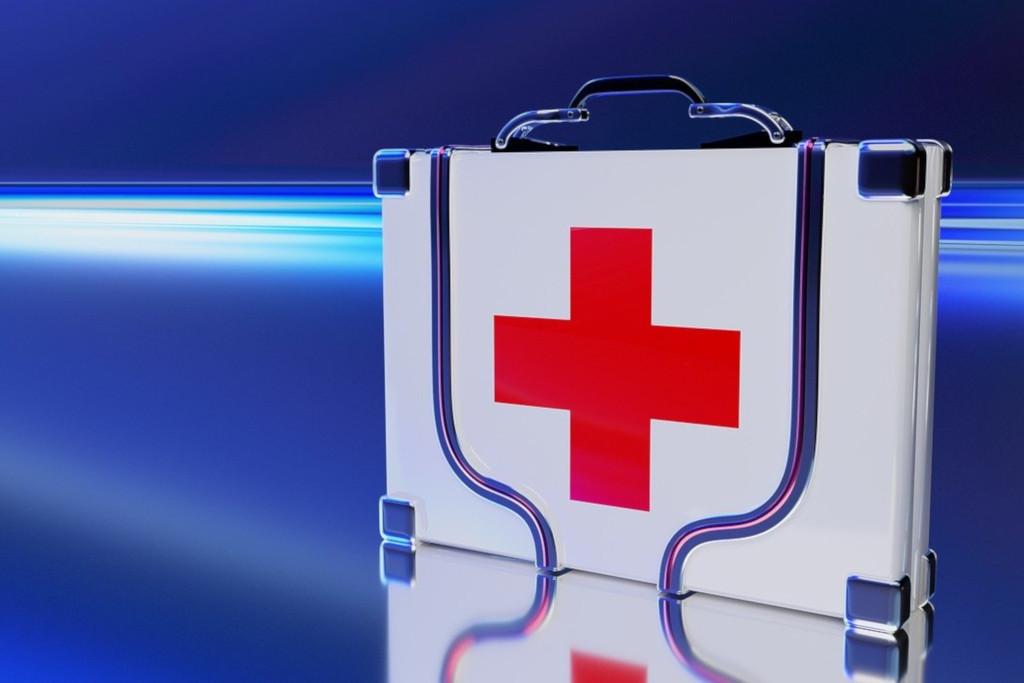
Whether it is dealing with seasonal ailments or emergencies, a comprehensive first-aid kit — paired with the right methods of administering care — can help tide your family members over till they can receive medical attention. Below are some essential items you may want to consider packing in your family’s first-aid kit to stay prepared at all times.
General Items

A well-stocked first-aid kit is essential for all households, and even more crucial in families with young and old. To begin with, a basic first-aid kit should be equipped with these general items. Some of these can help you get your bearings in times of emergency.
- Digital thermometer
- Flashlight with extra batteries
- An up-to-date first aid manual
- A list of emergency phone numbers
- Document with your family’s bio-data, medical conditions, blood type, allergies and immunisation records
- Blanket
- Mouthpiece for administering CPR
- A pair of sharp scissors
- Safety pins for securing bandages
- Tweezers for removing splinters
- Foot blister protection plasters
- Tissues
- Q-tips
- Sunscreen (at least SPF 30)
Accidents and Injuries
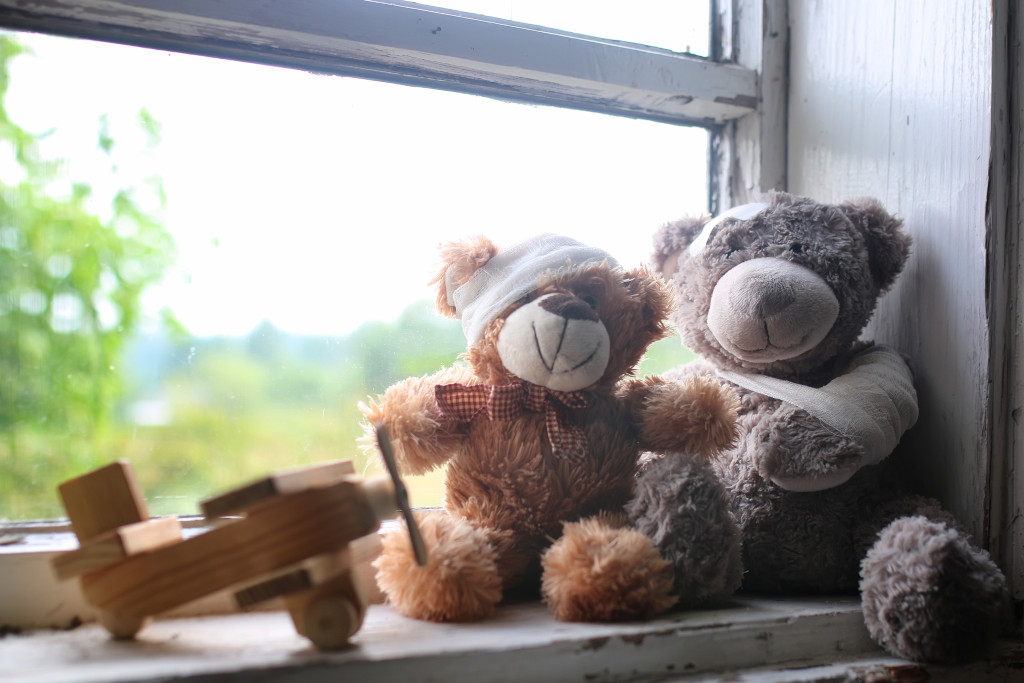
“First-aid kits are needed to render immediate help when there is an injury or ailment. Trauma like cuts, abrasions and mild burns, as well as contusions, sprains and even fractures, require some assistance with disinfection and bandaging before the need to consult healthcare personnel,” says Dr Chan Poh Chong, Head and Senior Consultant, Division of General Ambulatory Paediatrics and Adolescent Medicine at National University Hospital.
- Bandages
- Cotton wool
- Plasters in an assortment of sizes (including surgical plasters)
- Rolled gauze
- Adhesive tape
- Antiseptic wash/lotion/cream
- Antiseptic wipes
- Disposable instant cold packs
- Saline rinse for cleaning wounds
- Aloe vera gel for burns
(See also: 6 Most Common Reasons Why Children in Singapore End up in the A&E)
Hygiene / Infectious Disease Prevention
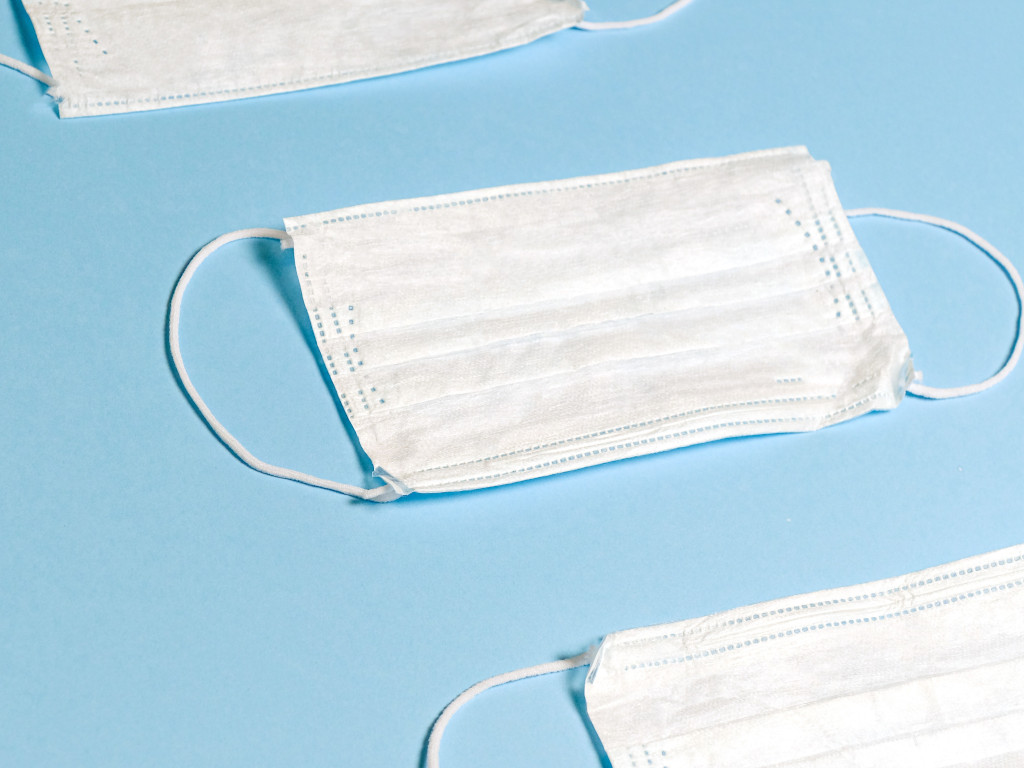
Adhering to good hygiene practices is paramount when administering first-aid. Always wash your hands thoroughly with soap and water, or rinse with antiseptic, then put on gloves before treating wounds. Cover adjacent areas that may be prone to infection, and avoid talking while treating the wound. Only use clean bandages and dressings, and avoid contact with bodily fluids.
- Soap
- Hand sanitiser (with at least 60 per cent alcohol content)
- Bleach
- Surgical face masks
- Disposable sterile gloves (at least two pairs)
- Alcohol wipes or ethyl alcohol
- Plastic bags for discarding contaminated items
Environment-related Ailments
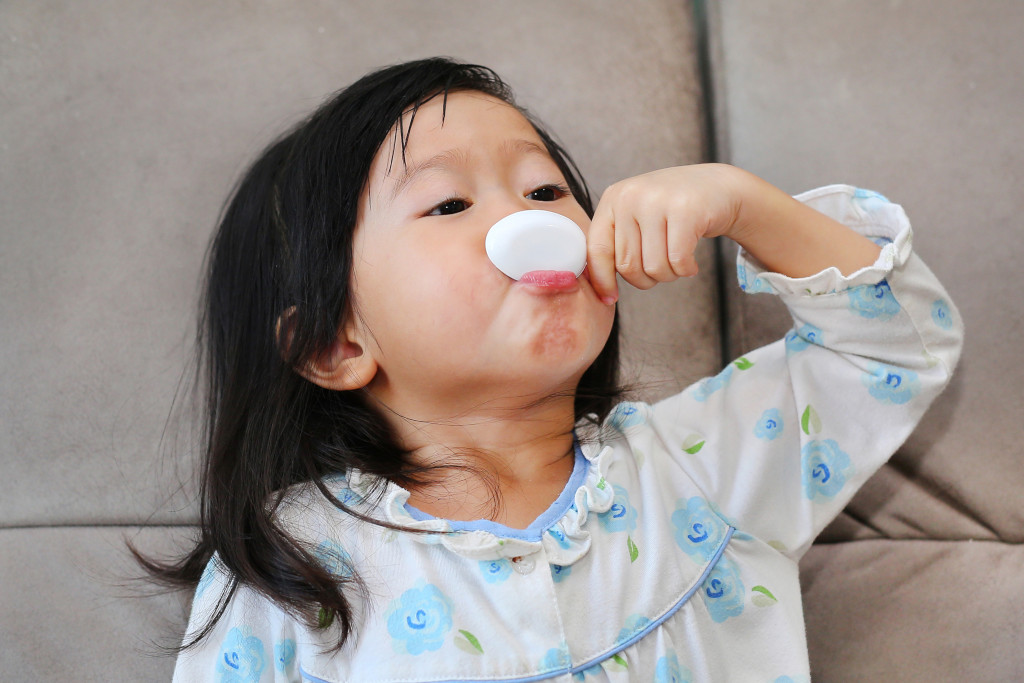
Living in Singapore, we have to contend with seasonal events and endemic diseases. These include the haze, dengue fever, and HFMD (hand, foot and mouth disease). Not forgetting, of course, global pandemics such as COVID-19. Hence, on top of medical supplies for injuries, your home first-aid kit should also include medications for mild fever, runny nose and cough, along with ointments for bites and rashes. These can help to ease symptoms before your consultation with a physician.
- Insect repellent (spray and patches for kids containing deet are safe for kids as young as two months old)
- N95 masks for haze
- Mouth wash
- Eye wash and drops for environmental contaminants
- Mouth wash/oral gel
- Paracetamol/ibuprofen (different dosages for adults and kids)
- Anti-diarrhoea/rehydration salts
- Inhalers for asthmatic patients
- Anaesthetic spray/calamine lotion for rashes
- Antihistamines for allergic reactions (different dosages for adults and kids)
- Cold compress
But parents often ask, how do you assess when you should self-administer medication for your brood or seek immediate medical attention? According to Dr Chan, medication can be used to alleviate symptoms when conditions are mild and your child is generally well.
“Only administer medication if you are confident of which medication to use, at what doses and frequency. You should also look out for any reaction to the medication. If there is no resolution or the symptoms worsen, especially if the child looks more lethargic and is not drinking well, parents should seek medical attention,” he explains.
(See also: When should you Bring your Child to the A&E Department?)
Baby-specific Items
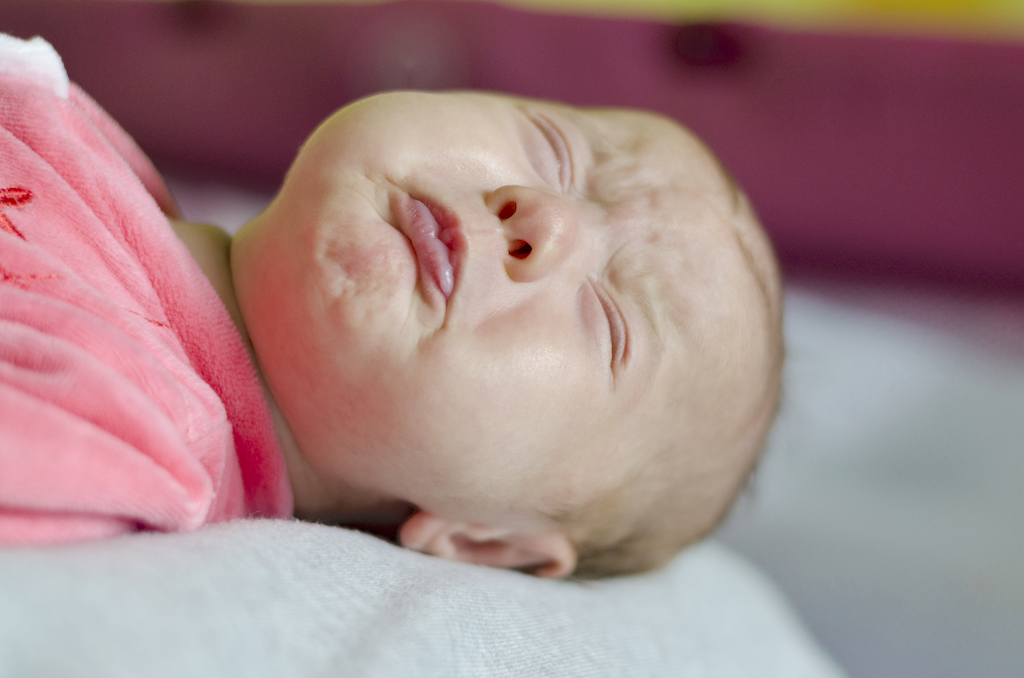
Choking and fevers are among the instances where you may have to administer first-aid for your baby. You can tell when your baby is experiencing the former when he is unable to make any noise, cry or breathe. Remember to never give your baby ibuprofen or other medication without your doctor’s instruction.
- Blunt scissors
- Cotton balls
- Medicine dropper
- Nasal aspirator
- Tongue depressors to check for sore throats
- Hot water bottle for soothing upset tummies
- Baby nail clipper
Elder-specific Items
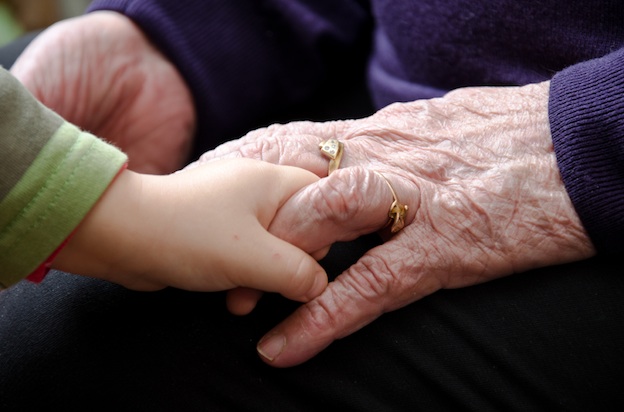
Elderly first-aid tends to focus on steps to take in the event of falls. Due to their brittle bones, seniors are more prone to fractures and sprains. In such cases, the absence of visible signs of injury may belie more serious injuries. While waiting for medical attention, stay calm and try to get the patient to do so too, encouraging them to take slow, deep breaths.
- Blood pressure monitor
- Blood sugar meter
- Syringes for administering insulin injections
- Activated charcoal
- Thermal patches
- Antacid to treat upset stomach
- Mild laxatives to treat constipation
- Medication list with dosage and schedule
- AED (Automated External Defibrillator)
(See also: How to Locate the Nearest Children’s Clinics in Singapore Open on Sundays, Public Holidays and 24 Hours)
Finally, remember to check on expiry dates of oral and topical medications in your home first-aid kit periodically. Also keep extra batteries handy for digital thermometers and other devices. The last thing you want to be doing in an emergency is discovering that you’re out of juice or that paracetamol expired two years before!
Header & featured image: Source
All content from this article, including images, cannot be reproduced without credits or written permission from SingaporeMotherhood.
Follow us on Facebook, Instagram, and Telegram for the latest article and promotion updates.





